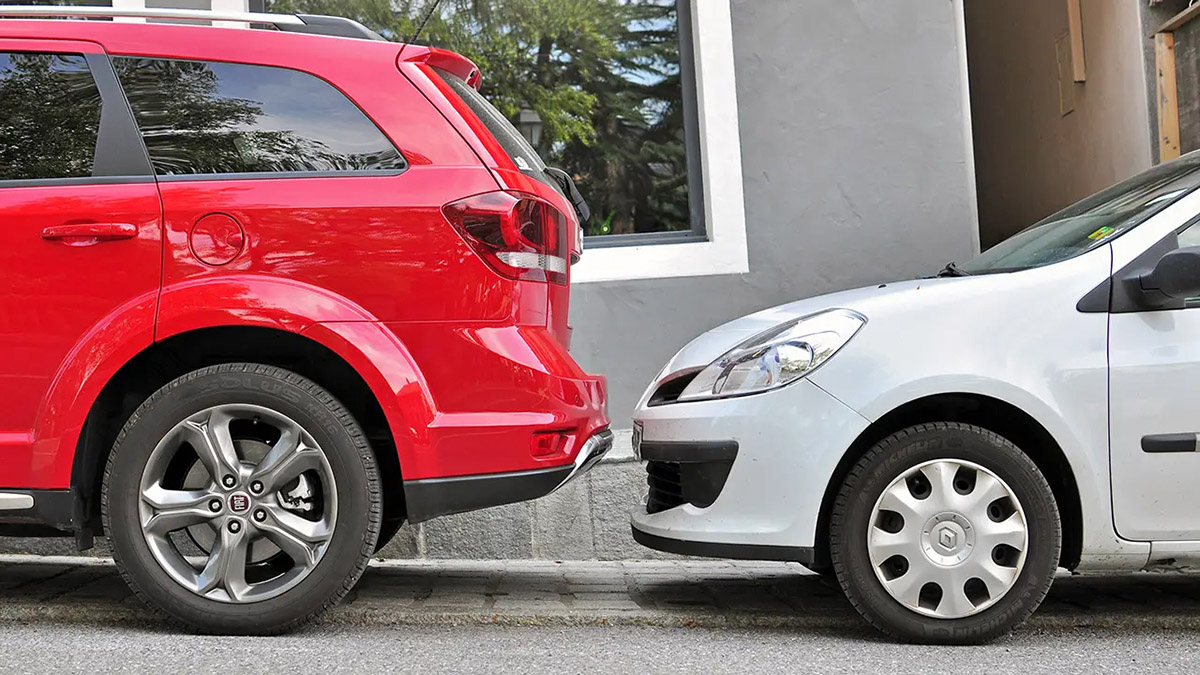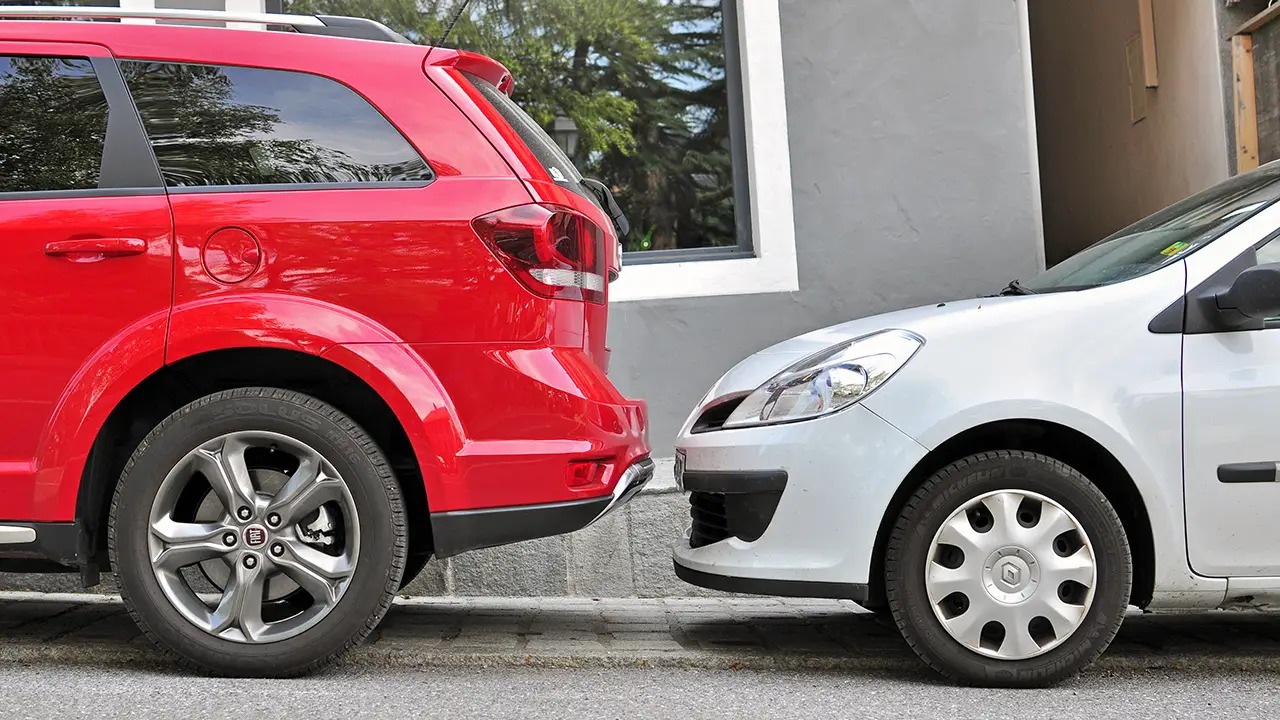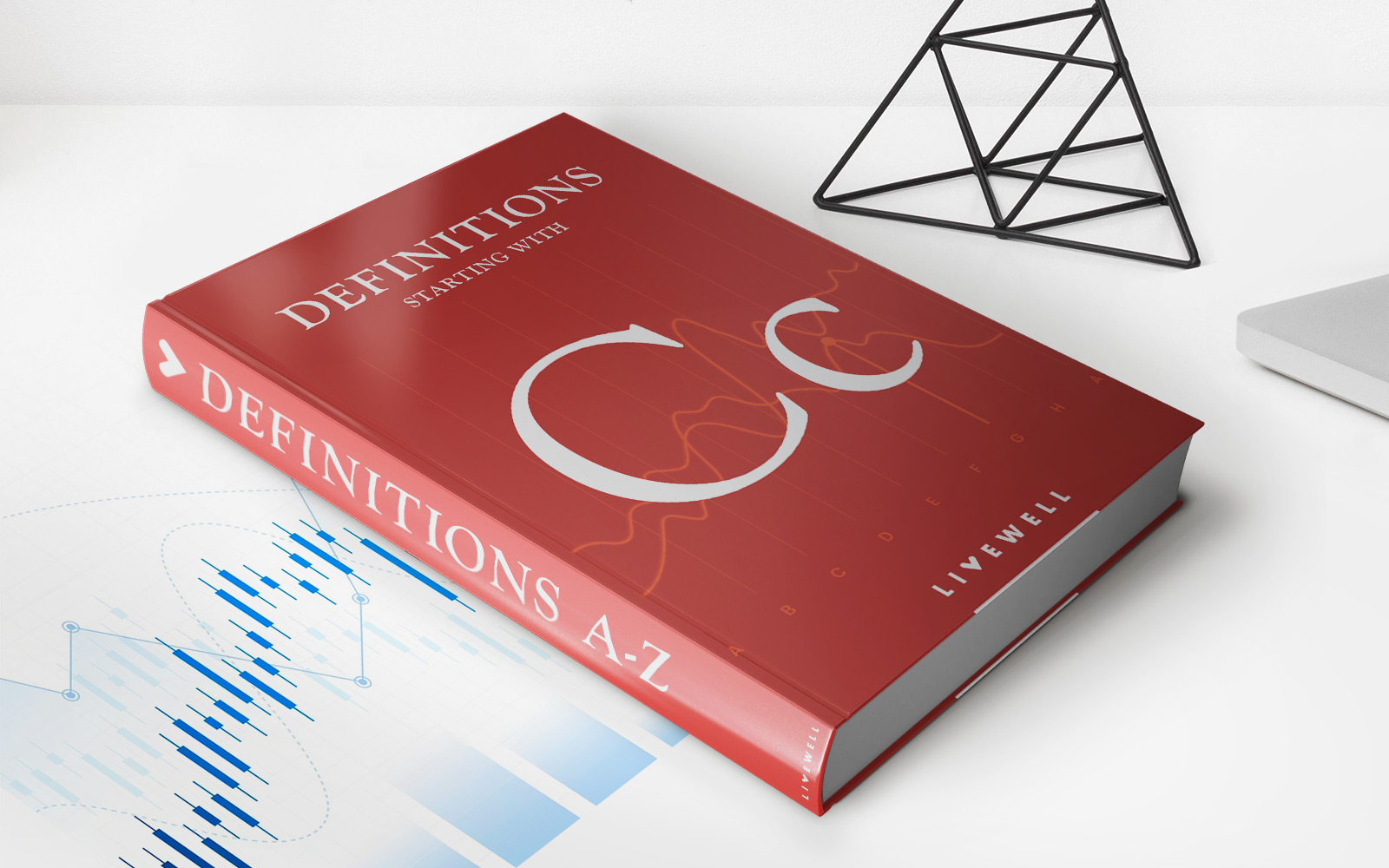Home>Finance>How Much Does It Cost To Add A Driver To Car Insurance?


Finance
How Much Does It Cost To Add A Driver To Car Insurance?
Published: November 17, 2023
Discover the cost of adding a driver to car insurance and how it impacts your finance. Get insights and tips on managing your expenses effectively with our comprehensive guide.
(Many of the links in this article redirect to a specific reviewed product. Your purchase of these products through affiliate links helps to generate commission for LiveWell, at no extra cost. Learn more)
Table of Contents
Introduction
Adding a driver to your car insurance policy is a common occurrence and can have a significant impact on your insurance premiums. Whether you’re adding a spouse, child, or friend to your policy, it’s important to understand the factors that affect the cost of this addition.
Insurance companies consider several key factors when determining the cost of adding a driver. These include the driver’s age, marital status, driving record, and even their gender. Additionally, the type of vehicle being insured, the coverage limits, and the insurance provider’s specific underwriting guidelines all come into play.
In this article, we will delve into the key factors that impact the cost of adding a driver to your car insurance. We’ll also explore the different types of additional drivers and the insurance coverage and rates associated with each. Lastly, we’ll discuss some additional costs that you should consider and provide some tips on how to save money when adding a driver to your policy.
Ultimately, by understanding the factors influencing the cost of adding a driver to your car insurance policy, you can make informed decisions and potentially save money. So let’s jump right in and explore the world of added drivers and car insurance!
Factors Affecting the Cost of Adding a Driver
When it comes to adding a driver to your car insurance policy, there are several factors that can influence the cost. Let’s take a closer look at some of these factors:
- Age: One of the primary factors that insurers consider is the age of the additional driver. Younger, inexperienced drivers are generally considered to be higher risk, and therefore their addition to the policy can result in higher premiums. On the other hand, older and more experienced drivers may have a lower impact on the cost.
- Driving Record: The driving history of the additional driver can also impact the cost. If they have a clean record with no accidents or traffic violations, it is likely to have a positive effect on the premiums. However, if they have a history of accidents or tickets, insurers may see them as a higher risk and charge accordingly.
- Marital Status: Another factor that may influence the cost of adding a driver is their marital status. Insurers often offer lower rates for married couples, as they are seen as more responsible and less likely to engage in risky driving behavior.
- Type of Vehicle: The type of vehicle being insured can also affect the cost. If the additional driver will be driving a high-performance sports car or a luxury vehicle, insurers may charge higher premiums due to the increased risk associated with these types of vehicles.
- Insurance Provider’s Underwriting Guidelines: Each insurance provider has its own set of underwriting guidelines that determine how they assess risk and calculate premiums. This means that the same driver added to different insurance companies’ policies may result in varying costs. It’s crucial to shop around and compare quotes from different insurers to find the most affordable option for adding a driver.
By considering these factors, you can have a better understanding of how they influence the cost of adding a driver to your car insurance policy. Remember, it’s essential to provide accurate and updated information about the additional driver to ensure that you receive accurate quotes and adequate coverage.
Additional Driver Types
When it comes to adding a driver to your car insurance policy, there are different types of drivers that may affect the cost. Let’s explore some of the common additional driver types:
- Spouse or Partner: Adding your spouse or partner to your car insurance policy is the most common type of additional driver. Insurers often view married couples as more responsible and are likely to offer lower rates for adding a spouse.
- Teenage Driver: If you have a teenage driver in your household who has recently obtained their driver’s license, adding them to your policy can result in a significant increase in premiums. Teenagers are generally considered high-risk drivers due to their lack of driving experience.
- Occasional Driver: An occasional driver is someone who has infrequent access to your vehicle, such as a friend or family member who borrows your car occasionally. The cost of adding an occasional driver may be lower compared to a regular driver, as they are not actively using the vehicle on a daily basis.
- International Driver: If you have a friend or family member visiting from another country who will be driving your car, you may need to add them as an additional driver. Insurers may charge higher premiums for international drivers due to their unfamiliarity with local driving laws and road conditions.
- Senior Driver: As drivers age, their rates may start to increase due to factors such as declining vision and reaction time. If you have an elderly family member who will be driving your car, it’s important to consider their age and any potential impacts on your insurance premiums.
It’s worth noting that the cost of adding these different driver types can vary depending on the insurance company and their underwriting guidelines. It’s always a good idea to reach out to your insurance provider to get accurate information about the specific costs associated with adding different driver types to your policy.
Insurance Coverage and Rates
When adding a driver to your car insurance policy, it’s important to consider the impact on your insurance coverage and rates. Here are a few key points to keep in mind:
- Liability Coverage: Adding a driver to your policy usually means extending liability coverage to them as well. This coverage protects you and the additional driver in the event of an accident where you’re found at fault. Be aware that increasing your liability coverage may result in higher premiums.
- Additional Coverage Options: Along with liability coverage, you may want to consider adding other optional coverages for the additional driver, such as collision coverage or comprehensive coverage. These coverages protect against damages to your own vehicle or non-accident-related events, like theft or natural disasters. Keep in mind that these additional coverages will increase your premiums.
- Bundling Discounts: Adding a driver to your car insurance policy could make you eligible for bundling discounts. If you already have other insurance policies with the same provider, such as homeowners or renters insurance, combining them into a bundled policy can result in savings on your overall premiums.
- Good Student Discounts: If the additional driver is a student, some insurance companies offer discounts for good grades. This can help offset the increased cost of adding a teen driver to your policy. Make sure to check with your insurance provider to see if they offer such discounts.
- Usage-Based Insurance: Some insurance companies offer usage-based insurance programs where your premiums are based on your driving behavior. Adding a driver to your policy may impact your eligibility for these programs or affect the overall premiums based on the driving habits of the added driver.
It’s important to review your insurance coverage and rates when adding a driver to ensure that you have adequate protection and that you’re comfortable with the premiums associated with the additional driver. Consider reaching out to your insurance provider to discuss your options and make any necessary adjustments to your policy.
Additional Costs to Consider
When adding a driver to your car insurance policy, there may be additional costs beyond the increase in premiums. Here are some important factors to consider:
- Deductibles: If you have a comprehensive or collision coverage on your policy, adding a driver may affect the deductibles associated with these coverages. Check with your insurance provider to understand if the deductibles will change and how it might impact your out-of-pocket expenses in case of a claim.
- Down Payment: In some cases, adding a driver to your car insurance policy may require a down payment. This is an upfront payment made to initiate or renew the policy. The amount of the down payment will depend on various factors such as the insurance provider, the driver’s characteristics, and the coverage options selected.
- Policy Changes: Adding a driver may require adjustments to your policy, such as updating the primary driver or changing the listed vehicle usage. These changes may come with administrative fees or processing charges. Be sure to ask your insurance provider about any associated costs for making these adjustments.
- Driver Training Programs: If the added driver is a teenager, you may consider enrolling them in a driver training program to improve their skills and potentially reduce insurance premiums. However, keep in mind that these training programs often come with additional costs, such as enrollment fees or tuition expenses.
- SR-22 Filing: If the additional driver has a history of serious traffic violations or license suspensions, your insurance provider may require you to file an SR-22 form. This is a certificate of financial responsibility that verifies you have the required insurance coverage. The process of filing an SR-22 may have associated fees.
Understanding these additional costs is crucial for budgeting and ensuring that you’re fully aware of the financial implications of adding a driver to your car insurance policy. Take the time to discuss these factors with your insurance provider to get a clear understanding of any potential expenses involved.
Tips to Save Money on Adding a Driver
Adding a driver to your car insurance policy doesn’t have to break the bank. Here are some tips to help you save money:
- Shop Around: Don’t settle for the first insurance quote you receive. Take the time to compare prices from different insurance providers. Each company may have different rates and discount options, so it’s worth shopping around for the best deal.
- Bundle Your Policies: Many insurance companies offer discounts if you bundle multiple policies with them. Consider combining your car insurance, homeowner’s insurance, or renter’s insurance to take advantage of these cost-saving opportunities.
- Take Advantage of Discounts: Inquire about any discounts available to you. Insurance providers often offer discounts for safe driving records, completing driver’s education courses, being a good student, or having certain safety features installed in your vehicle.
- Consider Usage-Based Insurance: Some insurance companies offer usage-based insurance programs where premiums are based on your driving behavior. If you and the additional driver have good driving habits, you may be eligible for lower rates by enrolling in such a program.
- Opt for a Higher Deductible: Choosing a higher deductible can help lower your insurance premiums. Keep in mind that you’ll need to pay a higher out-of-pocket amount in the event of a claim, so make sure you can afford the deductible you choose.
- Reassess Your Coverage: Review your coverage limits to ensure that they align with your needs. Adjusting your coverage could help reduce your premiums. However, it’s crucial to strike a balance between saving money and ensuring adequate protection for you and the additional driver.
- Encourage Safe Driving: Promote safe driving habits among all drivers listed on your policy. Encouraging responsible behavior can help maintain a clean driving record, which may lead to lower insurance rates in the future.
By implementing these cost-saving strategies, you can make adding a driver to your car insurance policy more affordable. Remember to regularly review your policy, continue to shop around for competitive rates, and take advantage of any available discounts to ensure you’re getting the best possible deal.
Conclusion
Adding a driver to your car insurance policy can have a significant impact on your premiums, but it doesn’t have to be a financial burden. By understanding the factors that affect the cost of adding a driver, considering the different driver types, and evaluating your insurance coverage and rates, you can make informed decisions that align with your budget and protection needs.
Remember to explore potential discounts, bundle your policies, and shop around for the best rates from different insurance providers. Additionally, consider adjusting your deductible, reassessing your coverage, and encouraging safe driving habits among all drivers listed on your policy.
Keep in mind that adding a driver may come with additional costs, such as deductibles, down payments, and policy changes. Factor these expenses into your budget to ensure a full understanding of the financial implications.
Ultimately, taking the time to research and explore your options will help you find the most cost-effective solution for adding a driver to your car insurance policy without compromising on coverage. Reach out to your insurance provider to discuss your specific situation and get accurate quotes and information.
By following these tips and strategies, you can save money while ensuring adequate protection for yourself, the additional driver, and your vehicle. Take control of your car insurance costs and drive with confidence knowing you have the right coverage at an affordable price.














